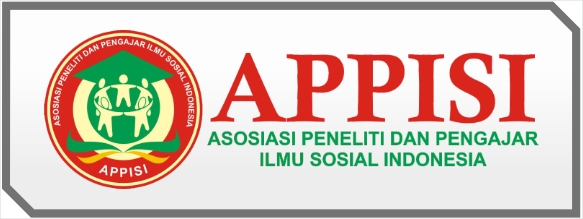Studi Perilaku Menyimpang : Faktor Penyebab Pembunuhan Berlatar Belakang Asmara di Lapas Cipinang
DOI:
https://doi.org/10.59581/jipsoshum-widyakarya.v3i1.4527Keywords:
romantic, murder, relationship, conflict, inmate, rehabilitationAbstract
This study examines murder cases triggered by romantic conflicts in Cipinang Prison, Jakarta. Using a qualitative approach, this research employed in-depth interviews with inmates and prison officers to explore the motives, processes, and social and psychological perspectives of the perpetrators. The findings reveal that romantic conflicts, such as jealousy, financial pressures, and feelings of being undervalued, are often the main triggers of violent acts leading to murder. Uncontrolled emotions and impulsive reactions exacerbate the situation, while the social environment, both before and during incarceration, plays a significant role in shaping deviant behavior patterns. The study also identifies various challenges in the rehabilitation process within the prison, including insufficient attention to the emotional needs of inmates and the negative influence of interactions with fellow prisoners. Referring to Differential Association theory, the study emphasizes that deviant behavior is often learned through negative social interactions. To prevent similar violence, emotional education, conflict management, and evaluations of individual-based rehabilitation programs are necessary.
References
Albar, A., Lubis, Y., & Sahlepi, M. A. (2022). Analisis yuridis tindak pidana pembunuhan disertai dengan mutilasi dalam perspektif kriminologi. Jurnal Ilmiah Metadat, 4(Vol. 4 No. 2), 389–409. https://doi.org/http://dx.doi.org/10.30588/SOSHUMDIK.v5i2.164
Cohen, M. K., Kent, C. K., Dkk. (2024). Intimate partner violence-related homicides of Hispanic and Latino persons—National Violent Death Reporting System, United States, 2003-2021. MMWR Surveillance Summaries, 73(9). https://doi.org/10.15585/mmwr.ss7309a1
Davis, R. T., M., T. E., & Walsh, H. F. (2022). Gender expectations and conflict in romantic relationships: Implications for intimate partner violence. Journal of Gender Studies, 31(4), 567–589. https://doi.org/10.1080/09589236.2022.2034567
Green, T. M., R., B. P., & Carter, J. K. (2022). Social influence and criminal decision making: A theoretical exploration. Journal of Criminology and Social Psychology, 45(2), 123–140. https://doi.org/10.1177/00938548221101856
Kyegombe, N., Stern, E., & Buller, A. M. (2022). “We saw that jealousy can also bring violence”: A qualitative exploration of the intersections between jealousy, infidelity, and intimate partner violence in Rwanda and Uganda. Social Science and Medicine, 292. https://doi.org/10.1016/j.socscimed.2021.114593
Lian, K. Y., P., H. T., & Wu, J. C. (2021). Rehabilitation challenges in correctional institutions: The role of peer influence and social stigma. International Journal of Offender Therapy and Comparative Criminology, 65(8), 1520–1538.
Mañas, C., Martínez, M. A., & Burgueño, F. (2023). Intimate partner violence in vulnerable contexts: A case study. Societies, 13(3). https://doi.org/10.3390/soc13030053
Sagara, P. A., T., W., & Santoso, B. (2021). Emotional conflicts in romantic relationships as a trigger for violence: A case study in Indonesia. Journal of Interpersonal Violence, 36(9–10), 4215–4234. https://doi.org/10.1177/0886260520907375
Smith, R. L., & Jhonson, A. M. (2020). Rationalization mechanisms in criminal offenders: A psychological perspective. Journal of Forensic Psychology, 15(3), 215–229. https://doi.org/10.1037/fps0000258
Downloads
Published
How to Cite
Issue
Section
License
Copyright (c) 2024 Jurnal Insan Pendidikan dan Sosial Humaniora

This work is licensed under a Creative Commons Attribution-ShareAlike 4.0 International License.














